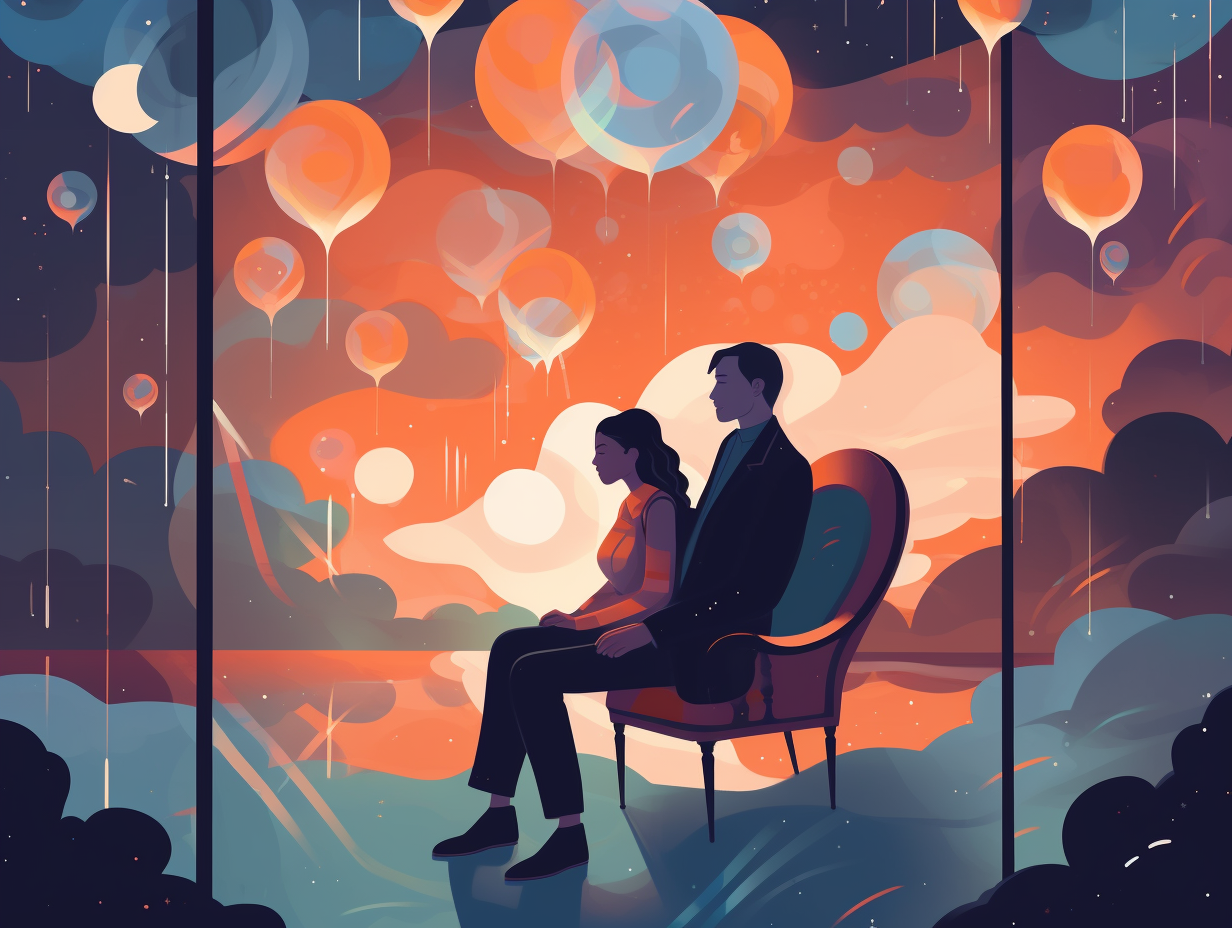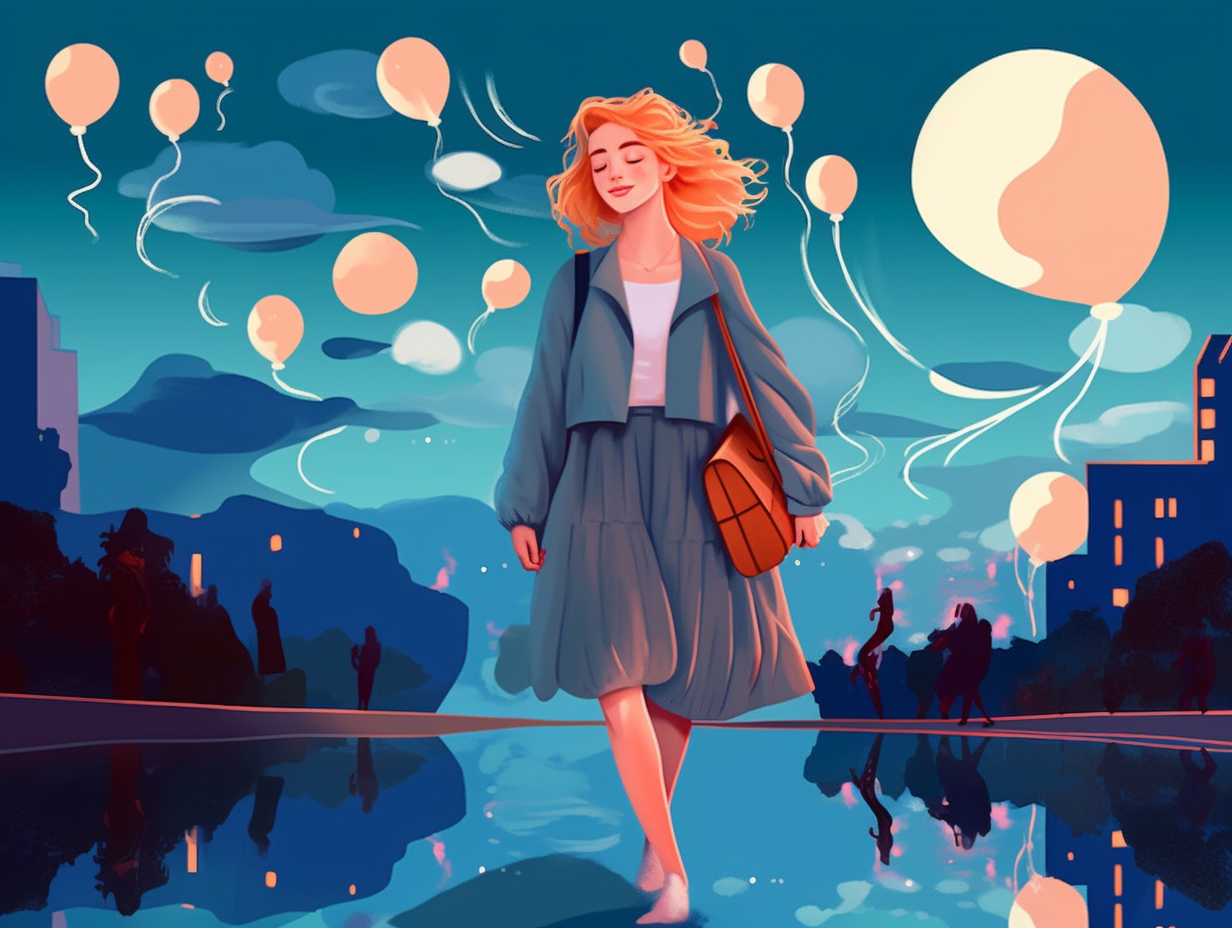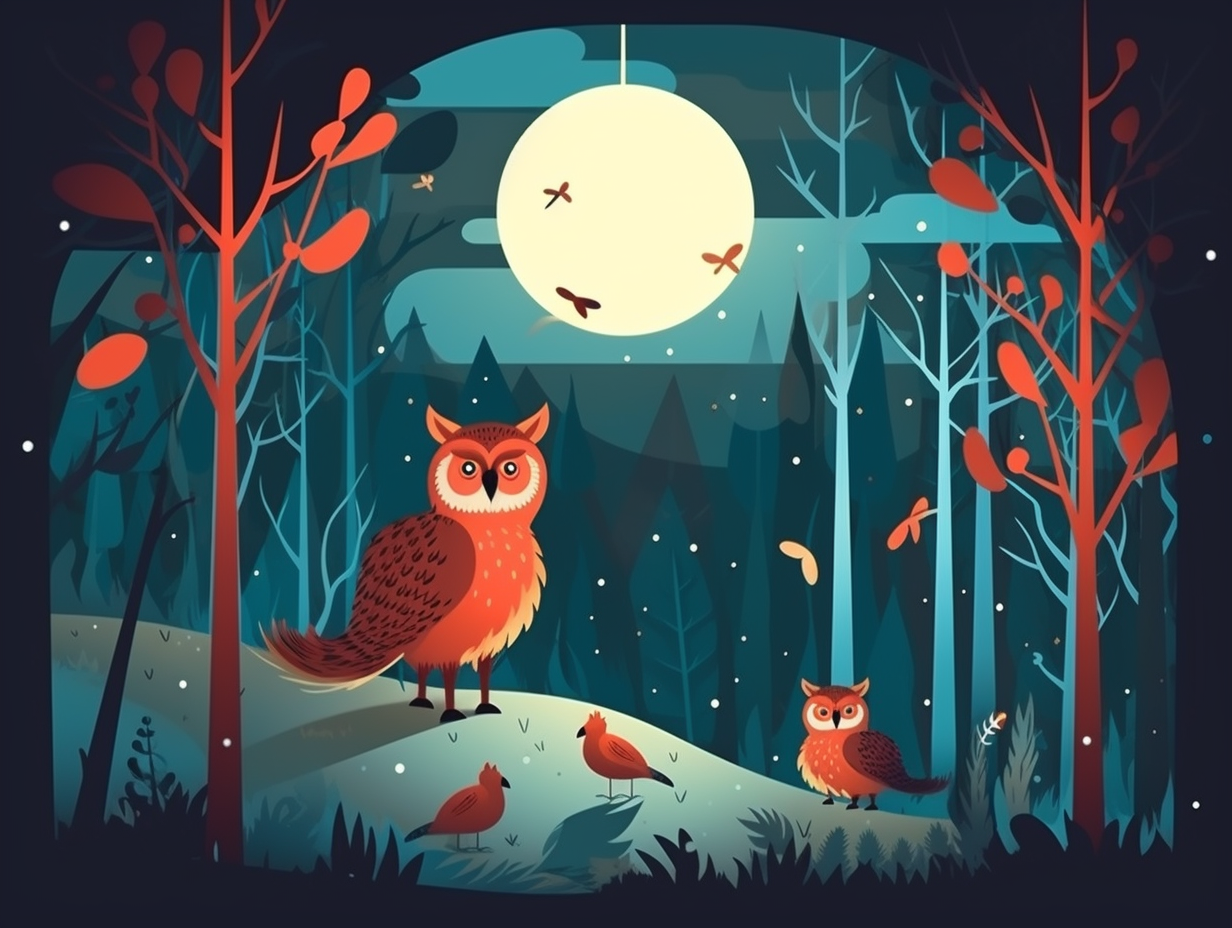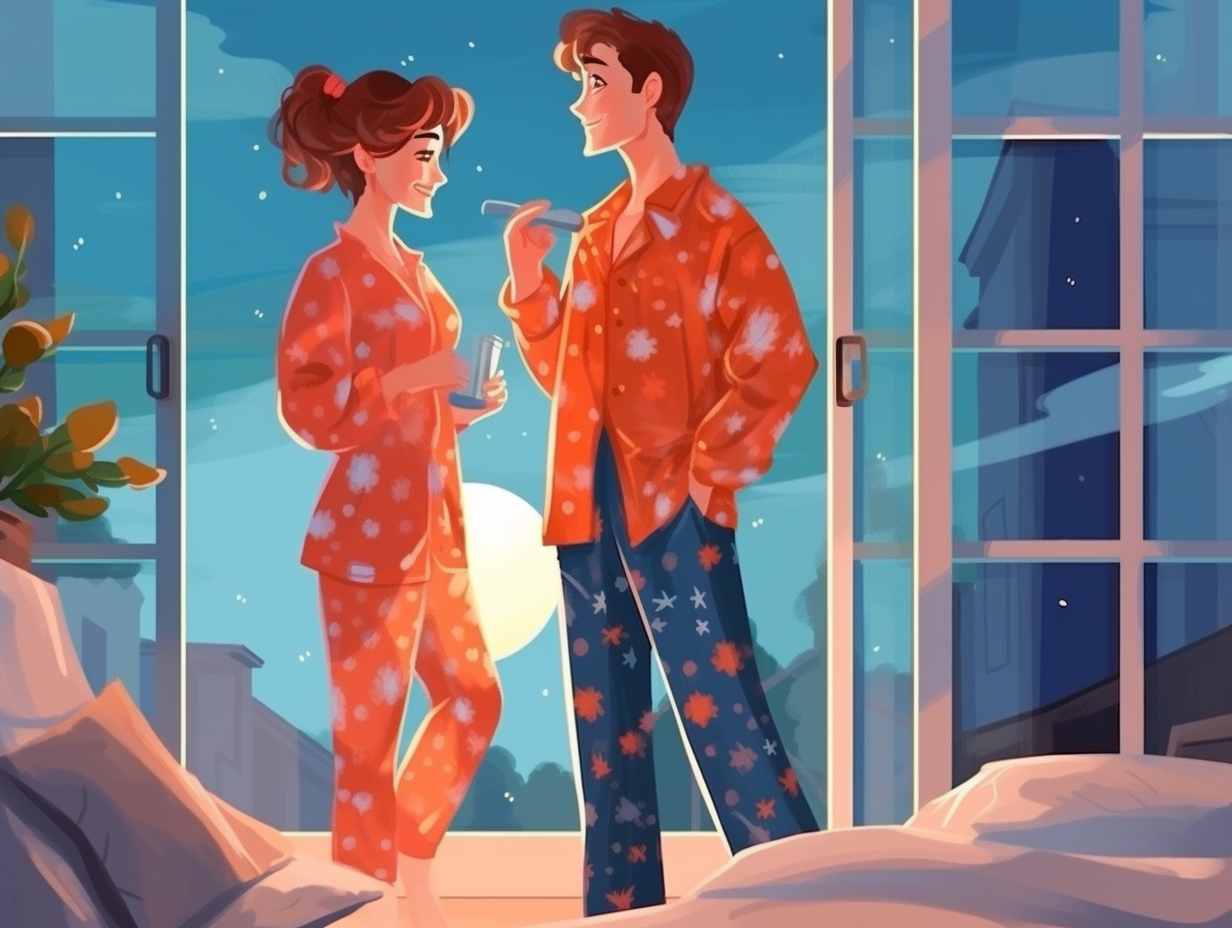Discover the Dreamworld: Top 18 Fun Facts About Sleep You Never Knew!
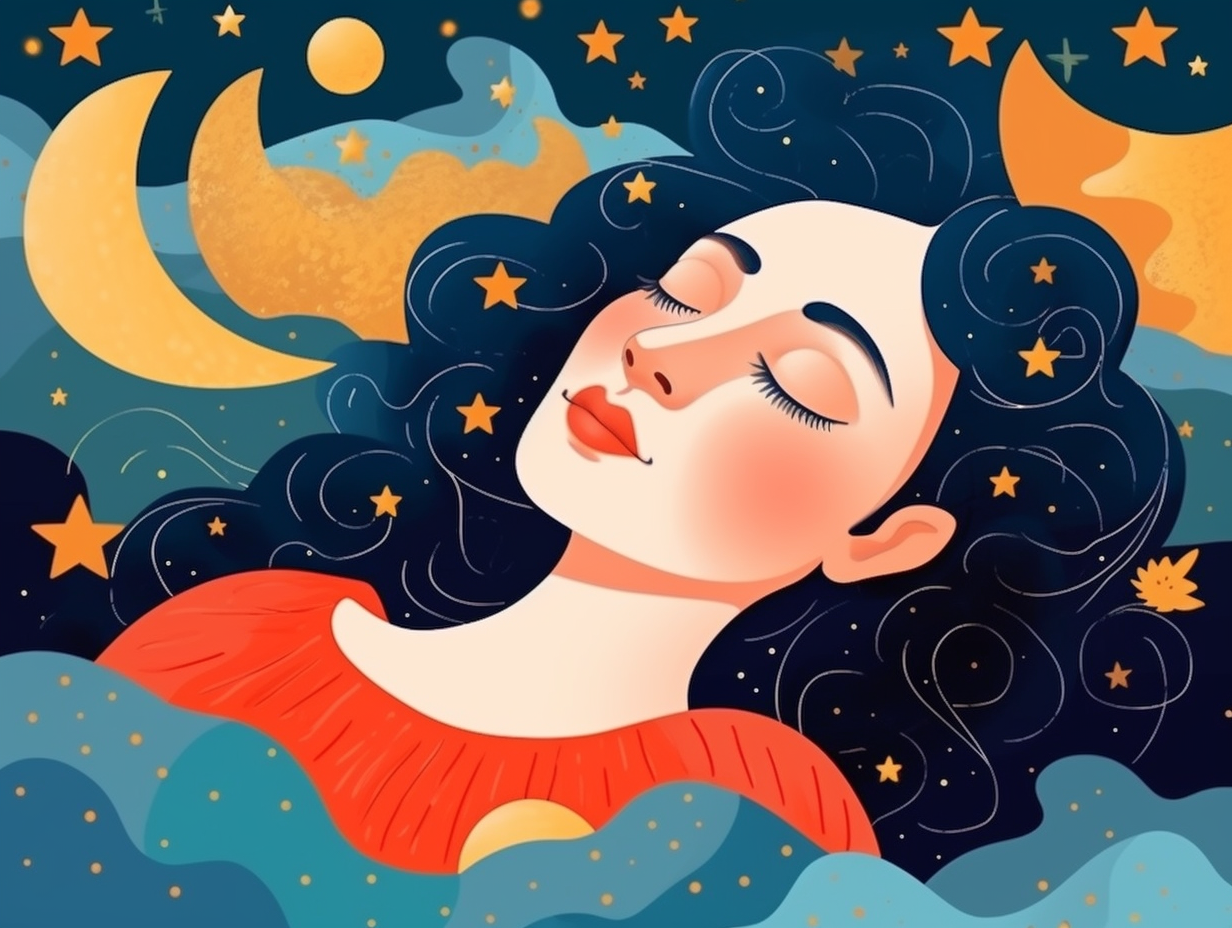
1. Party Rockin' Brains
When the Sandman comes a-knockin', our brains get party rockin': in reality, our noggins are a hive of activity during sleep, playing host to essential endeavors such as memory consolidation and dreams, becoming the ultimate multitaskers in our downtime.
Source => pubmed.ncbi.nlm.nih.gov
2. Dream Career Club
Who would have thought that we're all secretly sleep-deprived members of the "Do Nothing" club, clocking in leisurely 8-hour shifts every night of our lives? Dreams do come true, apparently: The average person spends about a third of their life asleep, with 3 to 7 dreams per night – mostly during the REM stage – transforming our slumberfest into a full-blown, subconscious experience. So the next time you're dozing off, remember – you're not just napping, you're working on your dream career!
Source => chambersandblohm.com
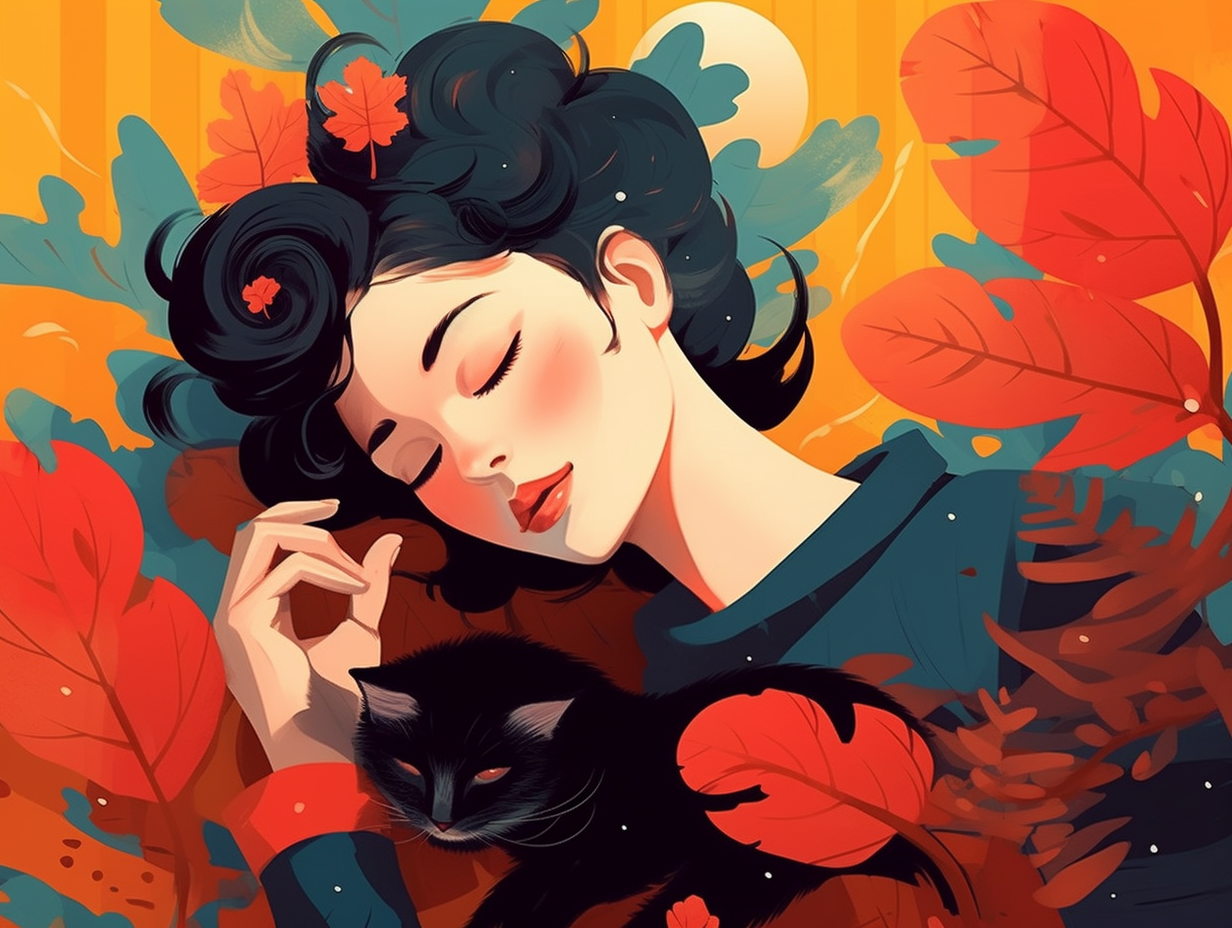
Did you know that taking 1-2 naps a week could lower your risk of heart issues by 48%? 💤 Discover the surprising benefits of these cardio-naps and why more isn't always better!
=> Fun Facts about Naps
3. Mad Scientist Dreams
Did you know that your dreams are like a mad scientist's laboratory, cooking up bizarre concoctions and stitching together Frankenstein's monsters of memories and emotions? These nocturnal experiments aren't all for nothing: According to the self-organization theory of dreaming, the sleeping brain can create relatively continuous narratives from various dream elements, revealing important insights into the dreamer's physiological and psychological activities, such as memory consolidation, emotion regulation, and external stimuli reception.
Source => ncbi.nlm.nih.gov
4. Common Theme Thrills
Ever had a wild dream about skydiving with Shakespeare or running from a toothbrush-wielding T-Rex? You're not alone: our brain's activity during sleep involves problem-solving and emotional integration, theorized to contribute to commonly themed dreams such as flying, falling, failing exams, or being chased—making the dream phase one of the most emotionally intense parts of our day.
Source => thesleepjourney.com
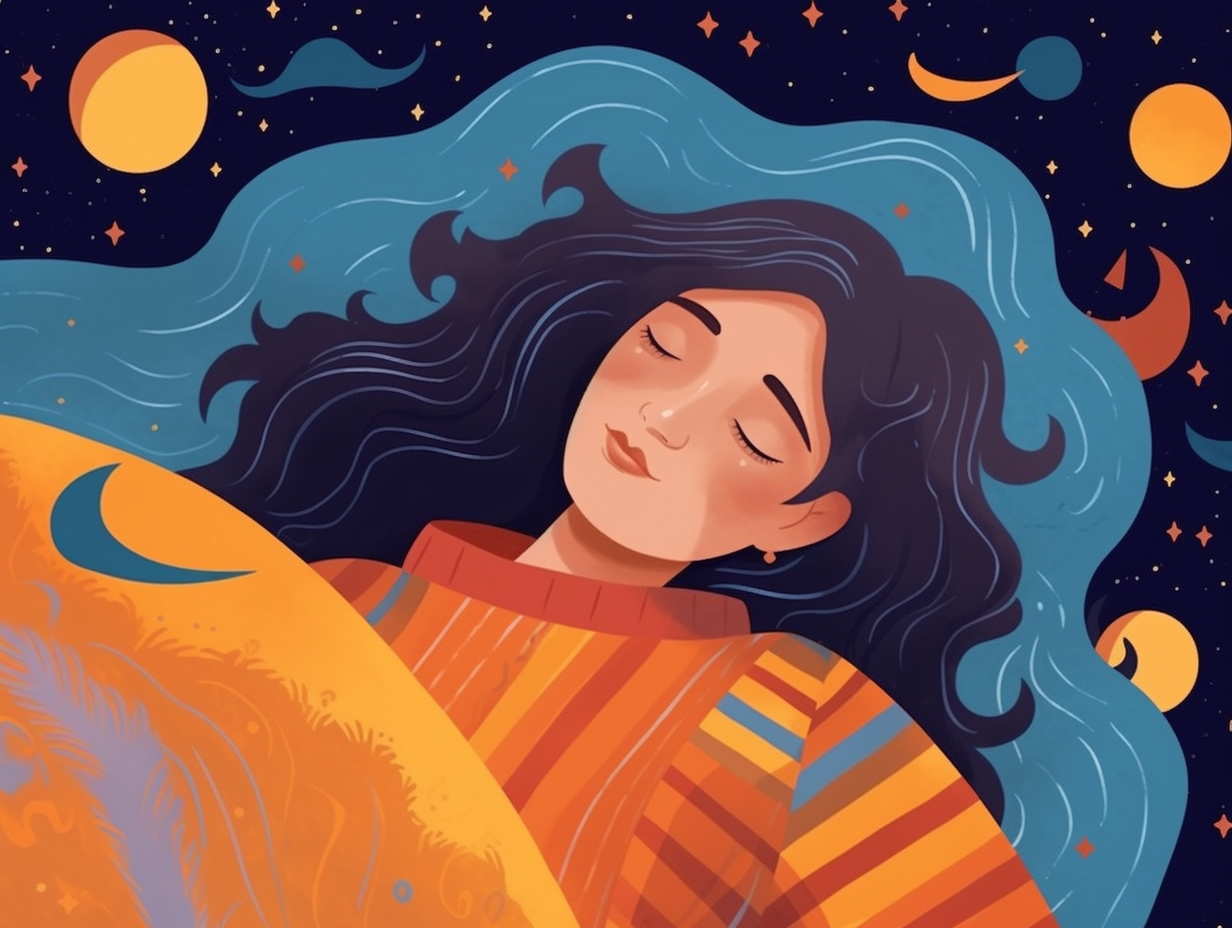
5. Dolphin Sleep Superpowers
Imagine if you could snooze with one eye open and still catch a few Z's—that's how dolphins ride the wave of slumber! Half-awake and half-asleep, these underwater smarty-pants have truly mastered the art of multitasking: With their unique unihemispheric sleep pattern, dolphins rest one half of their brain at a time while the other half remains vigilant to control their breathing and keep an eye out for any potential dangers lurking in the deep. So, not only can dolphins "sleep with the fishes," but they can outsmart them too!
Source => us.whales.org
6. Netflix Binge Consequences
Ever tried reasoning with a sloth for a late-night Netflix binge? Spoiler alert: we're the only mammals stubborn enough to delay our snooze button rendezvous! Hilarious prelude: Turns out, up to 40% of adults experience daytime sleepiness due to insufficient shut-eye, so bidding adieu to that extra episode might earn you some serious brownie points with your body.
Source => reddit.com
7. Randy Gardner's Sleep Record
You snooze, you lose? More like: you snooze, you retain your sanity, unlike the zany sleep-skipping marvel Randy Gardner! The serious reveal: In 1964, Gardner managed to stay awake for a whopping 11 days and 24 minutes – overcoming mood swings, memory glitches, and hallucinations – all under the watchful eyes of sleep researcher Dr. William C. Dement and medical professional Lt. Cmdr. John J. Ross – still holding the record for the longest time a human has gone without sleeping.
Source => en.wikipedia.org
8. REM Sleep Discovery
Talk about a real eye-opener: during REM sleep, our brains are buzzing with energy, resembling our waking brains, thanks to the groundbreaking discovery made by Aserinsky and Kleitman in 1953, who found that rapid eye movements coincided with reduced amplitude in electroencephalograms (EEG) – thus leading to a plethora of research on REM sleep's oddly specific features like muscle relaxation, irregular heart rate and respiration, and those crazy vivid dreams!
Source => sciencedirect.com
9. Memory Magic of Sleep
Whoever said "you snooze, you lose" clearly didn't understand the power of sleep for learning: Catching some z's before and after acquiring new information helps prepare the brain for memory formation and improves the chances of actually remembering it later. In fact, sleep deprivation can reduce your learning ability by up to 40% and mess with your poor hippocampus – the memory-making part of your brain. While deep sleep helps stabilize those memories, it's a sleep stage that tends to decline as we age (oh, cruel fate), potentially leading to memory issues in older adults. But fear not, sleep scientists are working on ways to boost deep sleep and improve memory for our twilight years.
Source => newsinhealth.nih.gov
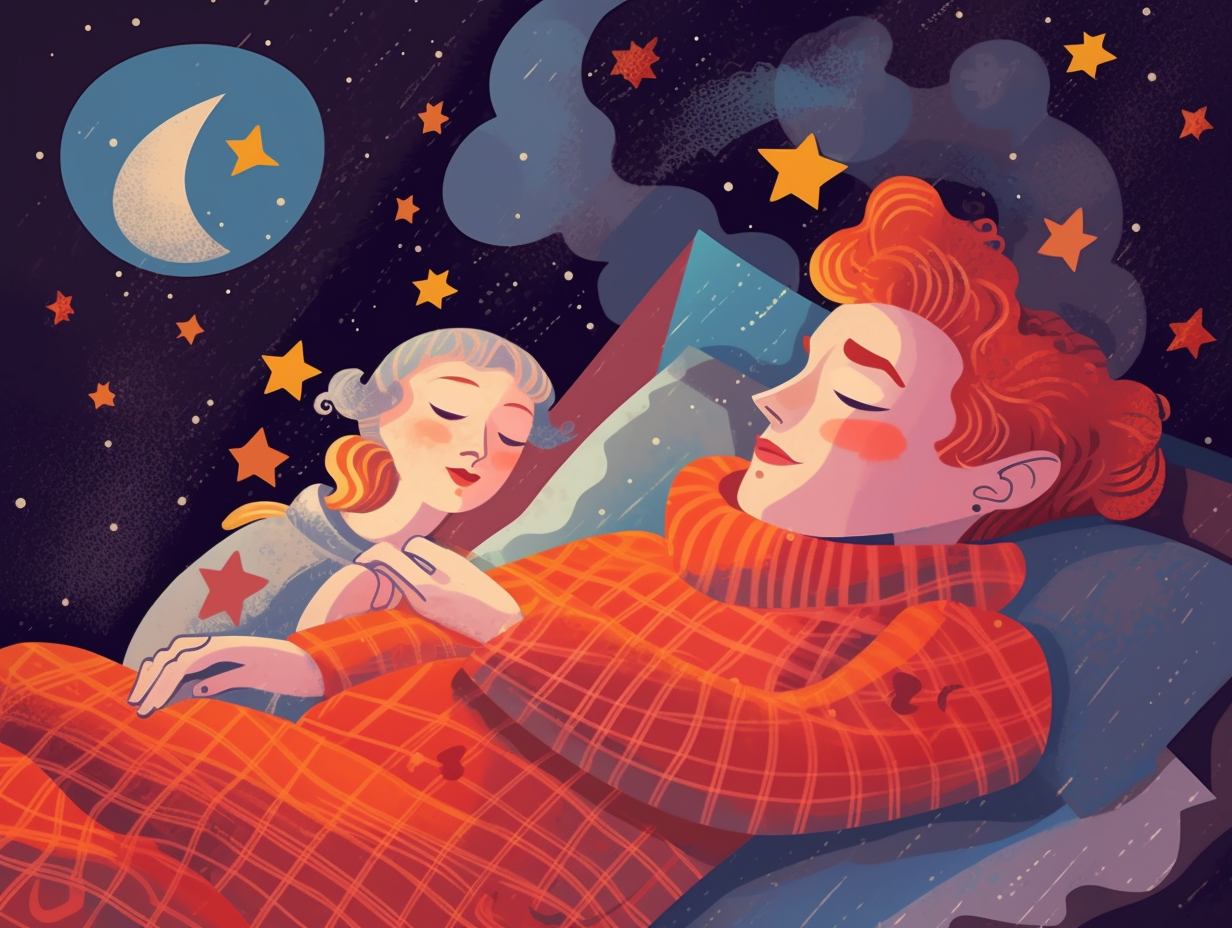
10. Ostrich Sleep Patterns
Who needs sleep when you're a leggy, big-eyed bird evading danger like it's the latest fashion trend? Ostriches, that's who! Sleepless in Safari: Ostriches can go without sleep for several days, staying constantly on high alert for predators; but when they finally snooze, they lie down, sprawled out, experiencing both REM and non-REM sleep like a feathery, beaked cousin to humans.
Source => clevelandzoosociety.org
11. Night Owl Genetics
Ever feel like you're a night owl trapped in an early bird's world? Turns out, there might be a genetic reason behind your late-night Netflix binges: those with delayed sleep phase disorder have a genetic mutation that elongates the body's biological clock, impacting hormone production like melatonin and causing them to stay up late at night and sleep later into the morning.
Source => verywellhealth.com
12. Britons' Sleeping Attire
In the Land of Nod, where Britons dwell, au naturel is surprisingly not the gown of choice for venturing into the realm of slumber, as pyjama-clad knights in cotton armor rule supreme: A sleep study revealed that a mere 20% of Britons sleep in the buff, with men being more likely (25%) than women (15%) to do so; while 47% prefer to don their pyjama garb, with some even opting for a mix of nightwear and unmentionables (21%), and 26% brace the night in pyjamas sans undergarments.
Source => yougov.co.uk
13. Technicolor Dreamscapes
Dream on, Dreamer: Catch some vivid z's and take a wild ride in Slumberland's version of an IMAX theatre! The 1950s gave us the brilliant discovery of REM sleep – a fascinating stage characterized by rapid eye movement and intense brain activity, allowing our minds to create and recall cinematic dreams in technicolor splendor.
Source => knowablemagazine.org
14. Snooze Concerts
Talk about hitting the snooze button on a concert: Musicians like Terry Riley and R.I.P. Hayman have orchestrated all-night performances that lull the audience into slumberland. These snooze-fests encourage attendees to bring sleeping bags, sip on chamomile tea, and indulge in lavender oils, while enjoying an array of mellifluous tunes, all designed to enhance their dreamlike state and make one very memorable, or rather forgettable, night of entertainment.
Source => pitchfork.com
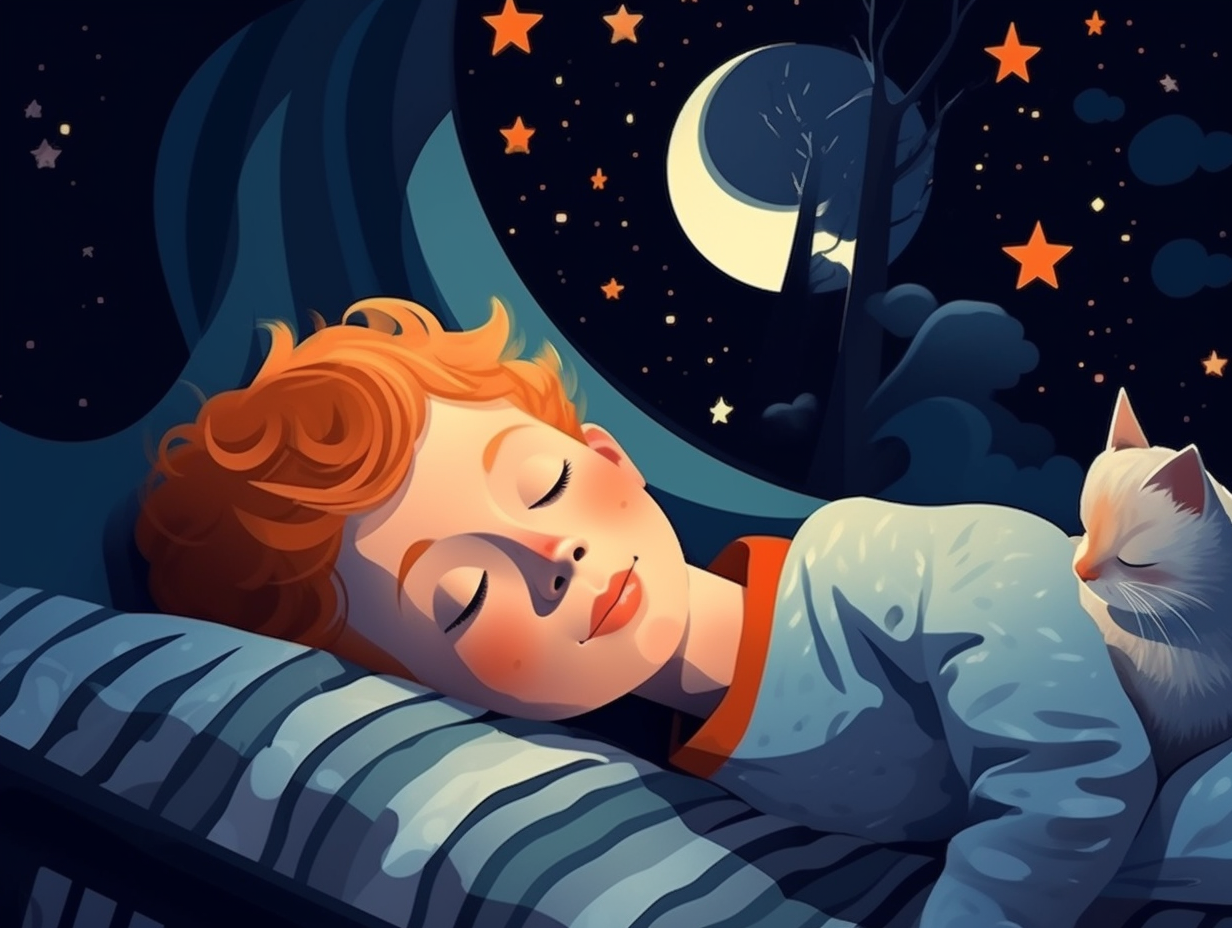
15. Edison's Sleep Habits
Hold onto your lightbulbs, because Thomas Edison wasn't a fan of snooze fests: In fact, this prolific inventor believed he only needed four to five hours of sleep each night and begrudgingly used naps to make up for the ZZZs he missed, ultimately earning himself over 1093 US patents during his lifetime.
Source => rest.works
16. Frosty Z's
Feeling downright out-cool after cranking up the thermostat? Chill, because your body's got a frosty sense of timing: body temperature actually drops about 2 degrees Fahrenheit throughout the night, with the coolest point occurring two hours before bedtime, perfectly aligned with the release of the sleep hormone melatonin. Lowering the thermostat at night complements this natural deep freeze and can help you catch some frosty Z's.
Source => sleepfoundation.org
17. Sleep vs. Appetite Battle
Counting sheep might be the new secret to counting calories: A lack of sleep can lead to increased appetite and cravings for high-calorie, carb-rich foods due to dysregulated neurotransmitters that control hunger and fullness, ultimately contributing to weight gain and obesity.
Source => sleepfoundation.org
18. LBJ's Power Naps
Like a true power nap aficionado in the height of somnolent swagger, President Lyndon B. Johnson indulged in his daily "siestas" to recharge his presidential batteries for those long nights in the Oval Office: In fact, LBJ routinely snoozed for 30 minutes each afternoon, a practice that not only revitalized him for his "two-shift day" schedule, but also packed in the many benefits of these daytime slumbers, such as enhanced performance, alertness, memory processing, and the diminished risk of accidents and heart attacks!
Source => saatva.com

